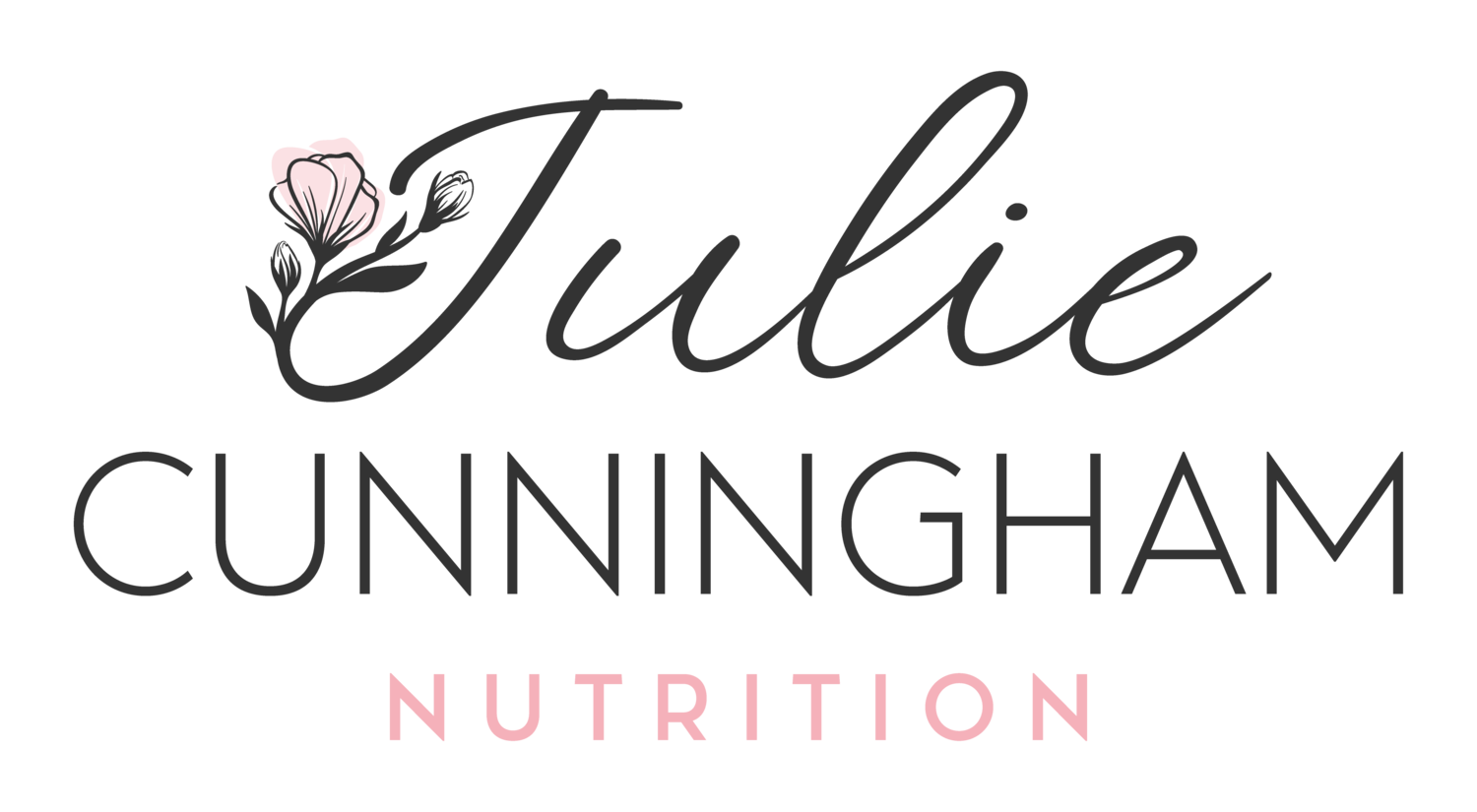Less Pain, More Info: How to Learn More from Your Blood Sugar Checks
Knowing when to check blood sugar is important when you have diabetes. You don't want to check unnecessarily, causing yourself pain and wasting your supplies. But, you also don't want to avoid checking when you need to check — you might end up with a high or low blood sugar level that you could have treated sooner.
How often do I need to check my blood sugar?
How often you need to check your blood sugar depends on a few factors:
Do you take insulin?
Is hypoglycemia unawareness a concern for you?
Do you take anti-diabetic medications with the potential side effect of hypoglycemia (low blood sugar), such as sulfonylureas?
Is your blood sugar in good control, or are you trying to work on your A1c right now?
How to decide when to check your blood sugar
For people who take insulin, the plan is pretty simple:
Blood sugar needs to be tested before any insulin injection
Test your blood sugar any time you feel unwell
For people with diabetes who don't take insulin, the rules are more variable:
If you take no medication or only medications with a low risk of hypoglycemia, you may need to check your blood sugar much less frequently than a person who takes insulin.
Always check your blood sugar any time you feel unwell, including when you have any of these symptoms: headache, blurry vision, excessive thirst or urination, sweating, shaking, feeling dizzy, weak, or nervous.
Don't fool yourself when you check your blood sugar
Checking your sugar when you know it'll be low is kind of like when I weigh myself first thing in the morning with no clothes on. I want to get the lowest possible number on the scale. It's a number I couldn't possibly get for the rest of the day. I know I'm going to weigh more than that when I get to my doctor's office, but sometimes I still do it, and I'm only fooling myself.
Randomly checking your blood sugar without any rhyme or reason doesn't give you much information. Waiting until you've "been good" and eaten something low carb so you can check your blood sugar and write down a nice low number in your logbook doesn't really help you either. It's a waste of a finger stick. The truth is going to come out when your A1c is measured, so you might as well be honest with yourself all along.
Use paired testing to check blood sugar
Paired testing is just what it sounds like, testing blood sugar in sets of two fingersticks. Two blood sugar levels are checked before and after an event, such as a meal or a workout. That way, you can determine how the food you ate or the exercise you did changed your blood sugar levels.
A plan for paired testing
For most people, blood sugar levels peak between one and two hours after a meal. Lots of people check only their fasting (first thing in the morning) blood sugars. When they get their A1c results, they're unpleasantly surprised. That's because fasting blood sugar can be completely normal even when post-meal blood sugars are out of whack. If you only check fasting blood sugars, you can't possibly know what's going on with your blood sugar levels after your meals.
If you haven't been checking your blood sugar levels and you want to get back into the swing of things, you can use paired testing to play detective.
To implement paired testing, decide which meal of the day you want to work on. Maybe this week it's breakfast. Check your blood sugar just before breakfast, eat your breakfast, and then check your blood sugar again between one and two hours after eating. Write down your blood sugar levels in your logbook, along with your best estimate of how many grams of carbohydrate you ate at breakfast. Do this every day for a week.
Do you notice any patterns? Is one of your breakfast meals better than others at keeping your blood sugar levels in the normal range? What can you determine about the way your body is handling the foods you eat?
If your blood sugar stays in range after your meals, that's great. Your detective work is done. If not, there are only three factors you can manipulate to change the outcome — your carbohydrate intake, your activity level, and your medication. If your blood sugars are out of range, talk with your Certified Diabetes Care and Education Specialist about your next step.
Action Items:
Decide whether paired testing is something you'd like to try. If it is, decide which meal you want to work on this week.
If you already have a logbook, great. If not, download this logbook to record your paired testing blood sugar levels.
